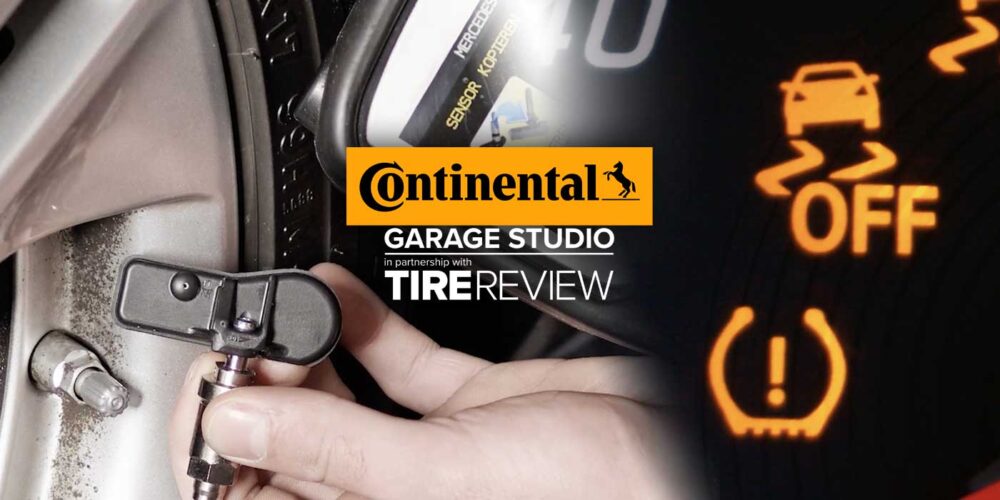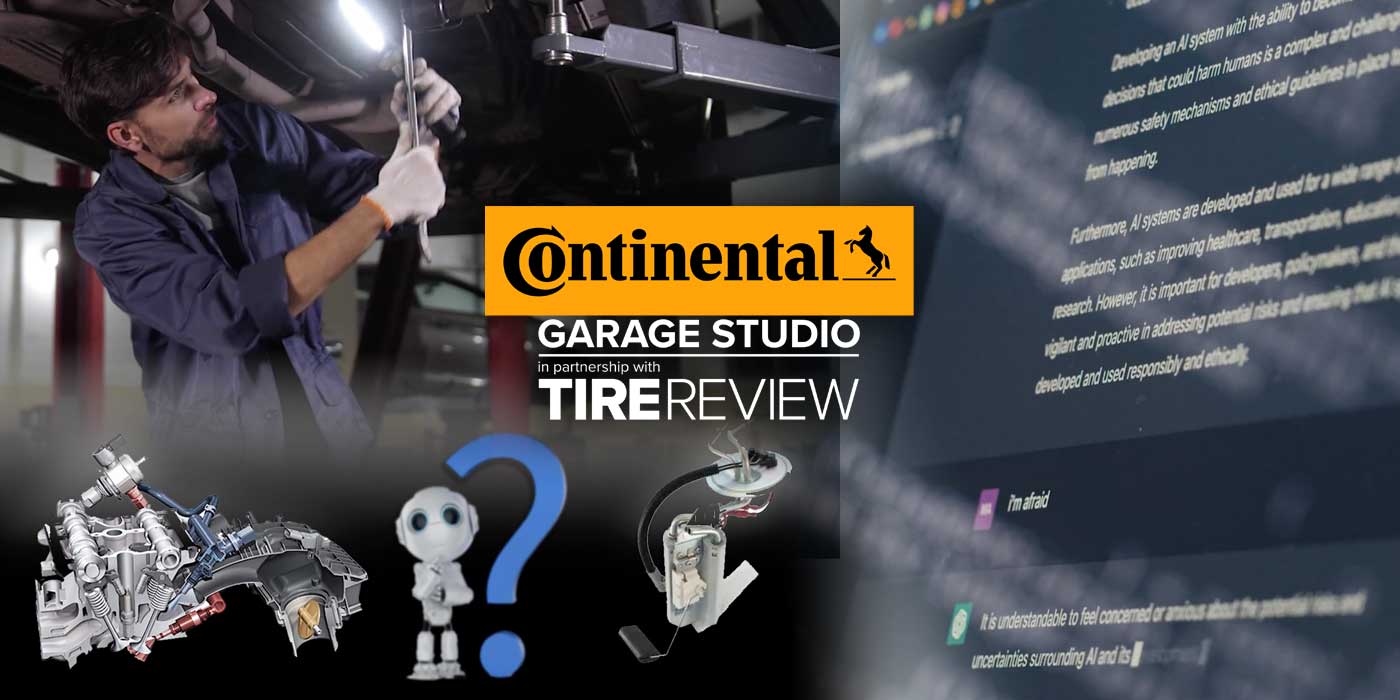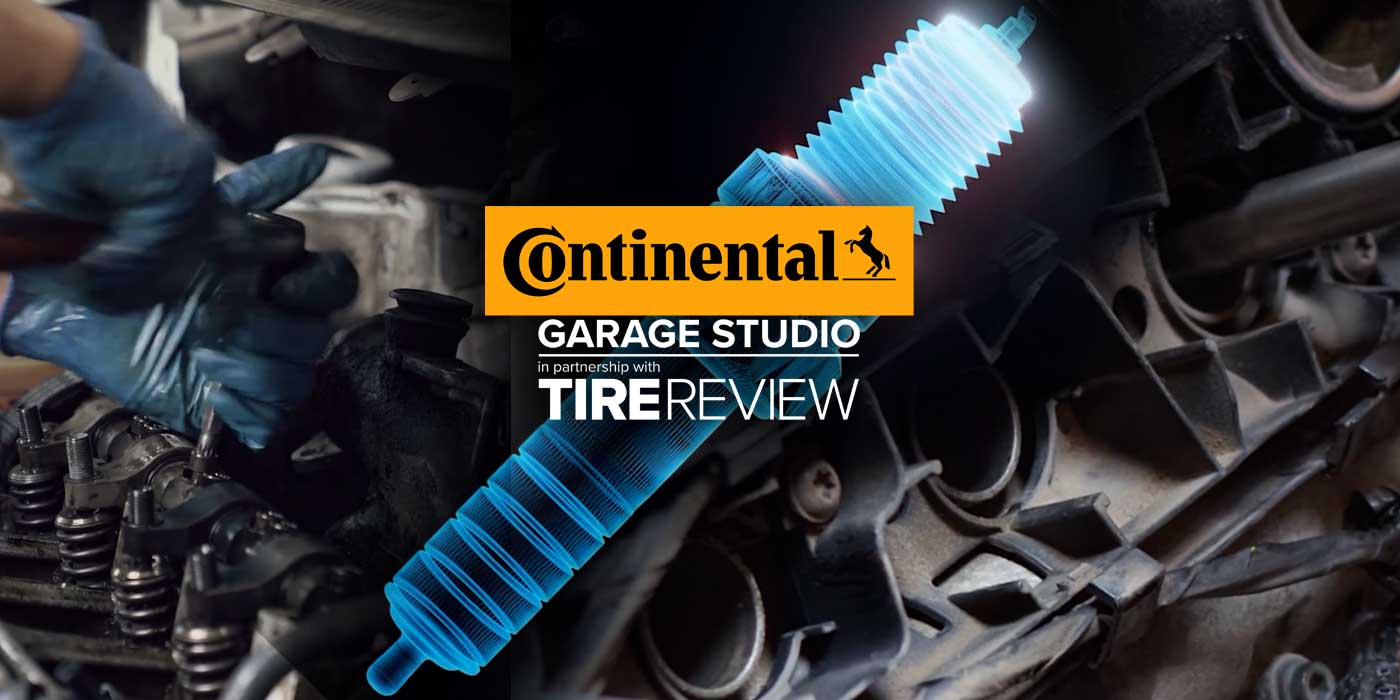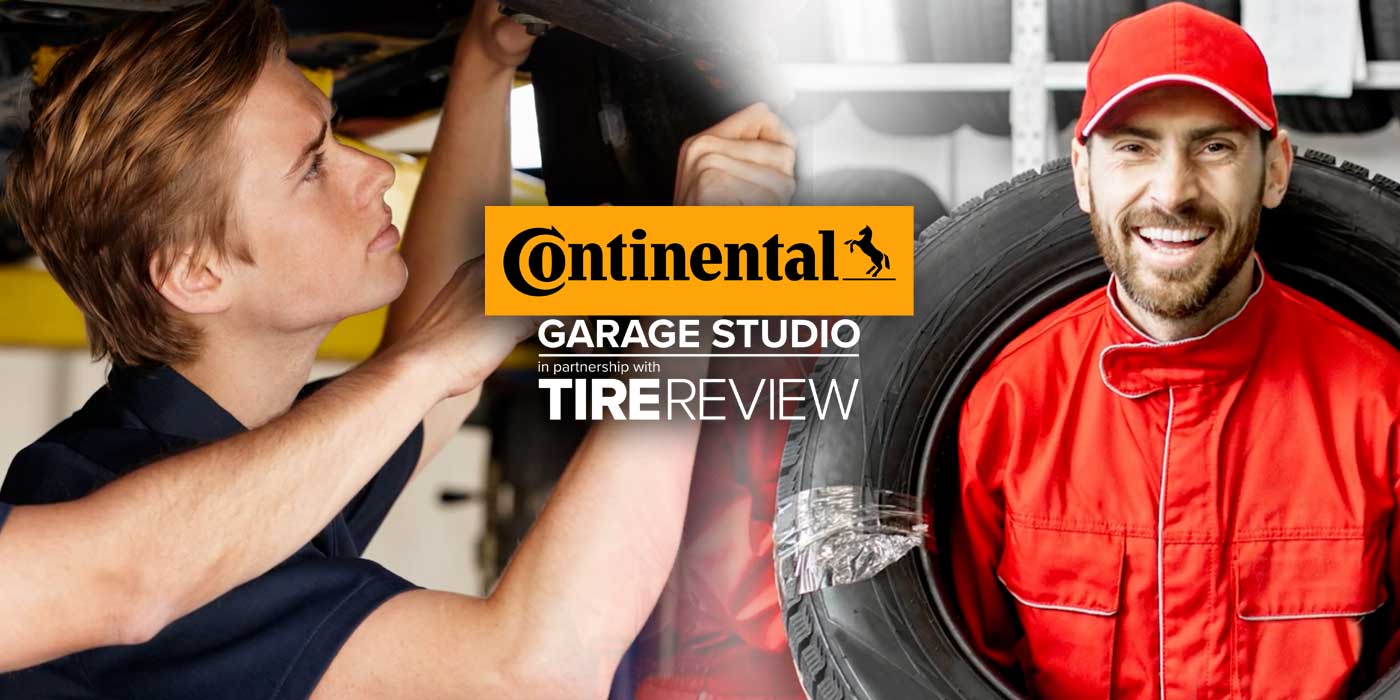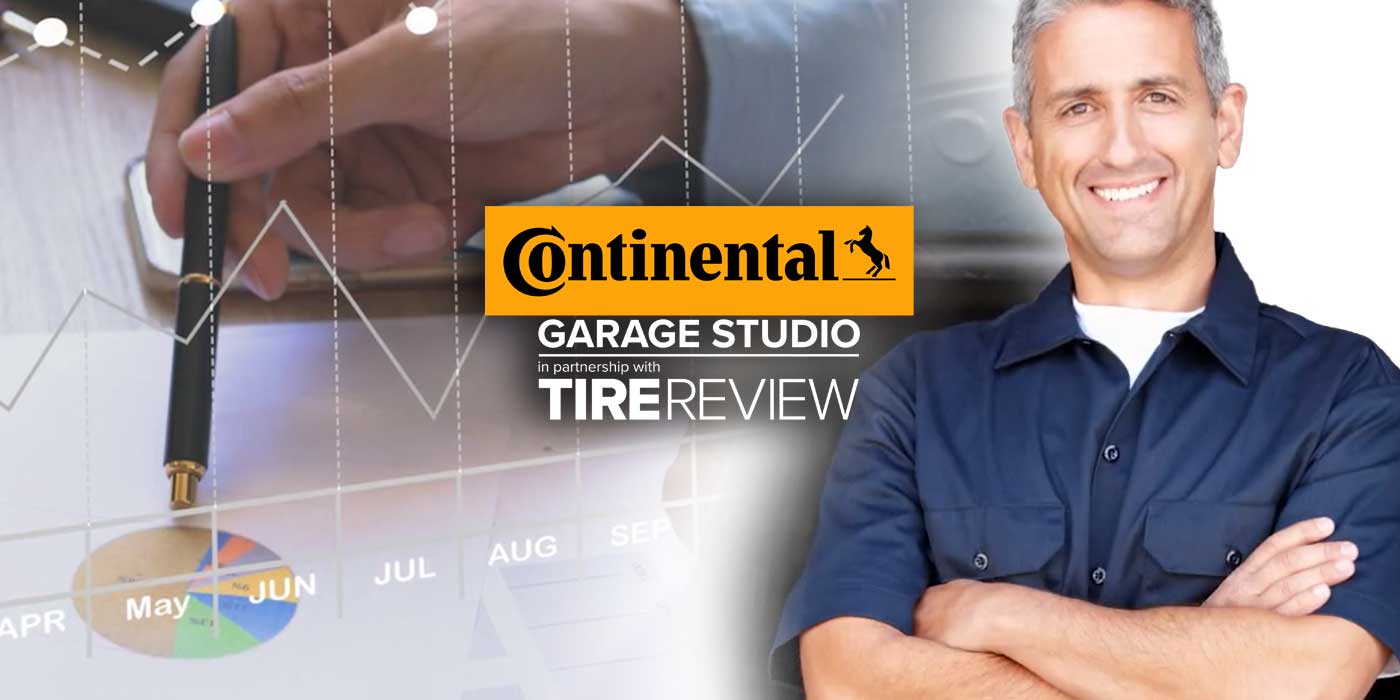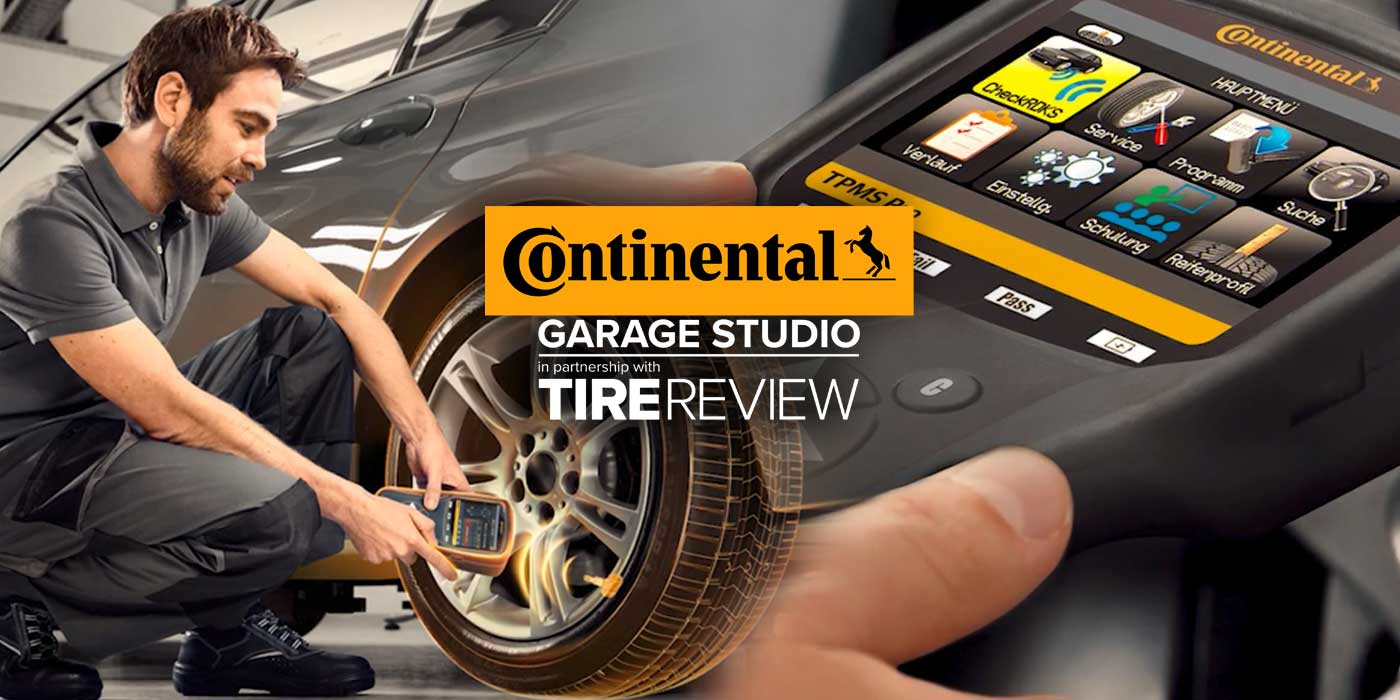Judder: Doesn’t it make you shutter? It should. It is a vibration that can be felt in the driver’s seat or steering wheel. It probably won’t cause pulsing of the brake pedal, but customers can still feel it and will definitely come to you with worries about their vehicle’s health. In this video, Tire Review’s Maddie Winer goes over what causes judder and what aspects of the brakes affect it, from the Tire Review Continental Tire Garage Studio at Babcox Media.
Judder can occur in a vehicle with zero run out or disc thickness variation, and both are caused by brake torque variation. Brake torque variation, or BTV, happens when there’s a variation of torque across the face of the brake rotor. This causes the rotor to slip and catch as the brake pads pinch the rotor. Brake disc thick variation, or DTV, may be caused by an inconsistent rotor finish, its metallurgy or uneven deposits of friction material on the face of the rotor.
Knowing the difference between pulsation and DTV, and judder and BTV, is critical to solving any brake complaint and avoiding a problem in the first place. Assuming that new pads and rotors will automatically fix the problem will only create more issues with the customer when the vehicle inevitably comes back. Comebacks usually result when friction between the brake pad and rotor changes forward motion and braking force into heat.
There is a lot of science that goes into what occurs at the molecular level to make that happen. Different materials of brake pads will cause this vibration in different ways. For example, most semi metallic brake pads use the two different surface materials of the pad and the rotor to make friction. The abrasive action wears away the two surfaces, but ceramic and certain NAO pads transfer a thin layer of brake material onto the surface of the rotor. The transfer layer is then bonded to the rotor surface and cannot be washed away by water or wheel cleaners. The only way to remove it is by using a brake lathe or abnormal heat.
With this type of pad it is critical to machine the rotor with the correct surface finish and follow the recommended braking procedure so the transfer layer can be established. The finish is essential to transfer material for organic and ceramic friction materials. The correct finish is also essential for semi metallic pads so that they can have the correct coefficient of friction during the initial break in process.





